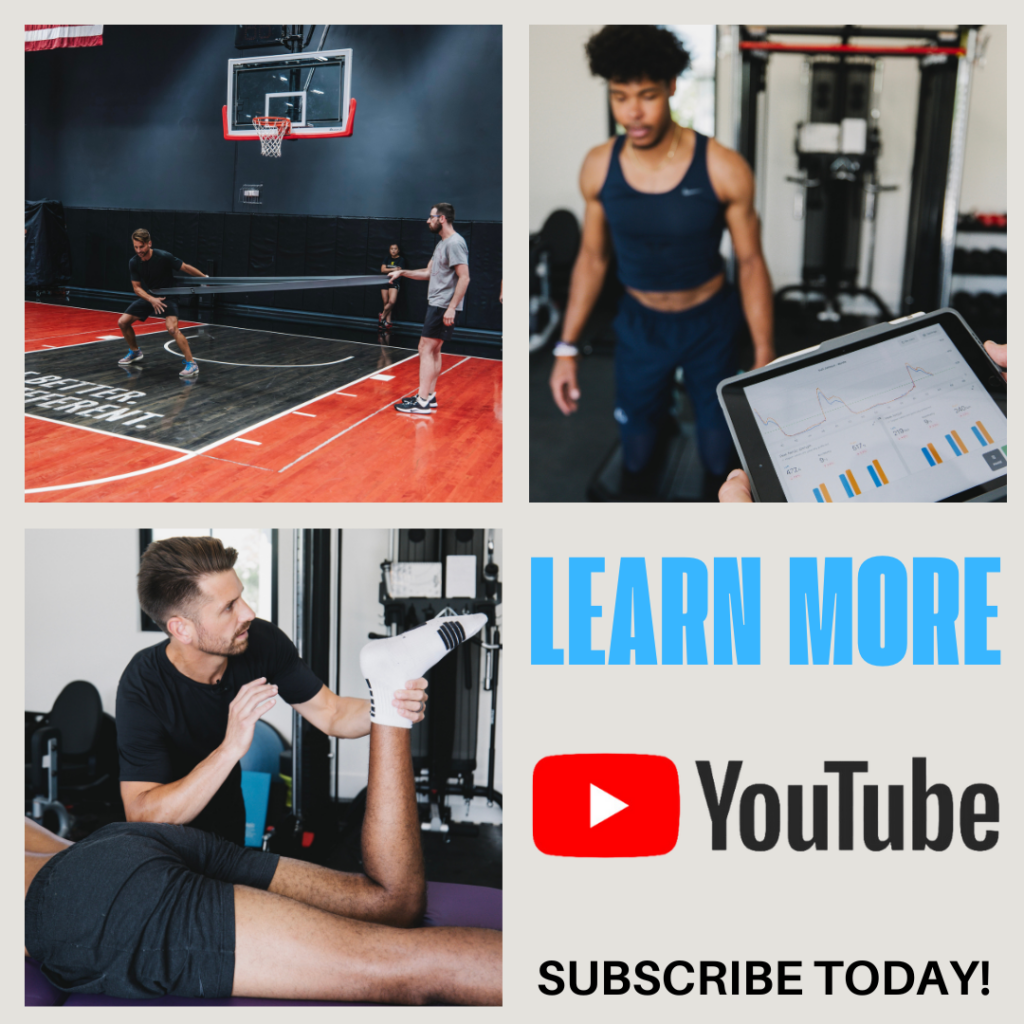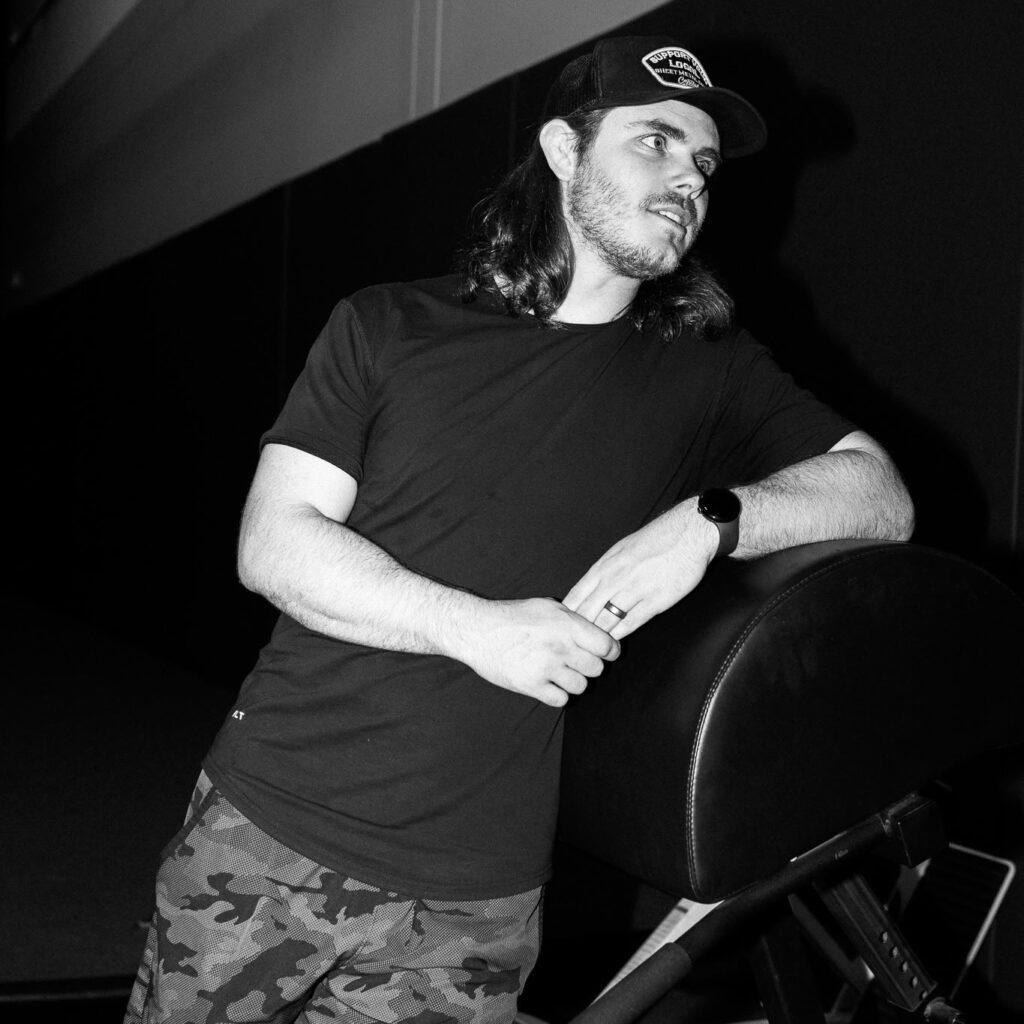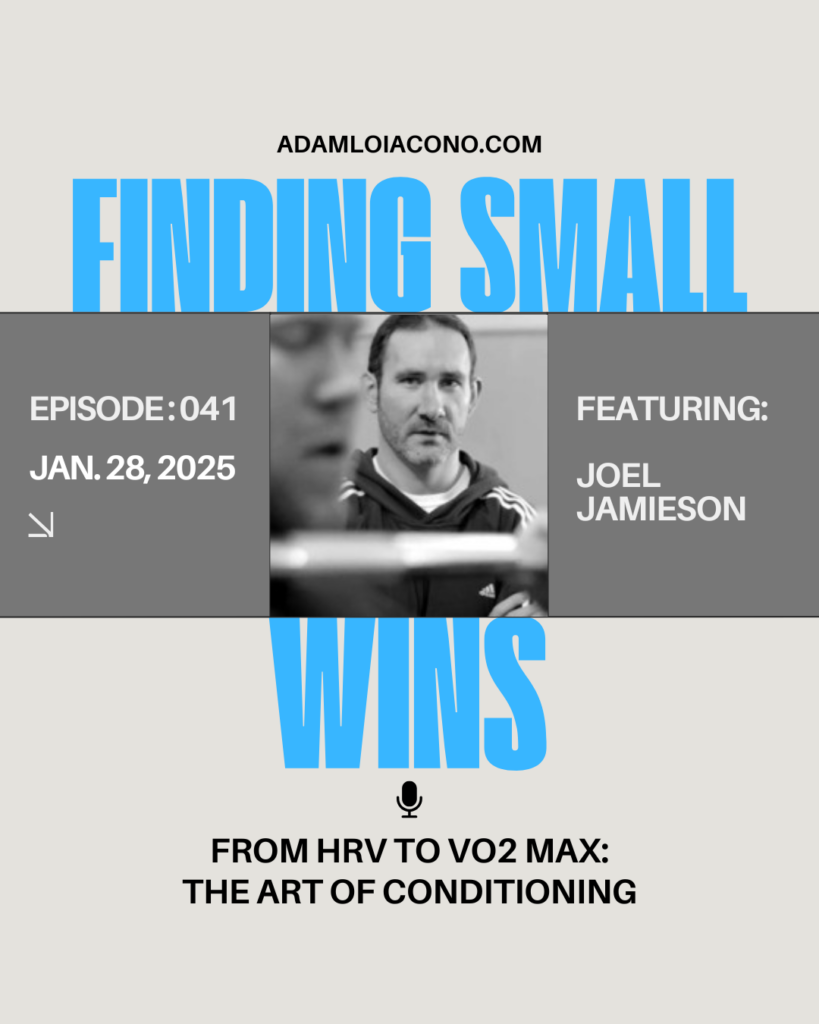“In MMA, movement isn’t about textbook form—it’s about maintaining control under stress.”
Austin Schoen
What You will learn
- Unlike team sports with set seasons, MMA athletes must always be ready to compete on short notice.
- The UFC Performance Institute has established data-driven standards for optimizing fighter performance.
- Heart Rate Training zones should be adjusted based on whether an athlete is running, biking, or swimming.
- Asymmetries and mobility deficits may predict injury risk but don’t dictate fighting style or success.
- The best MMA fighters aren’t just physically gifted; they embrace learning, discipline, and a growth mindset.
Inside This Episode
In this episode of Finding Small Wins, Adam sits down with sports chiropractor and strength coach Dr. Austin Schoen to dissect the complexities of training, rehabbing, and preparing MMA fighters for elite competition. From managing year-round workloads to understanding the critical physiological demands of combat sports, Austin shares his wealth of experience working with fighters inside and outside the UFC.
With insights into the UFC Performance Institute’s latest research and first-hand experience coaching fighters at every level, Austin reveals how MMA’s rapid evolution has shaped modern sports science. This episode is a must-listen for strength coaches, physical therapists, and anyone curious about the intersection of human performance and combat sports.
Meet Austin SChoen
Austin Schoen is a sports chiropractor and performance coach specializing in combat athletes. As the founder of Warrior Sports Wellness, he works with fighters from amateur to professional levels, helping them optimize movement, strength, and injury resilience. With a background in collegiate wrestling and a doctorate in chiropractic medicine, Austin blends science-based training with the practical realities of MMA competition. He is also the co-host of the Building A Fighter podcast, where he educates athletes and practitioners on cutting-edge training methodologies.
MMA Fighters Train Year-Round
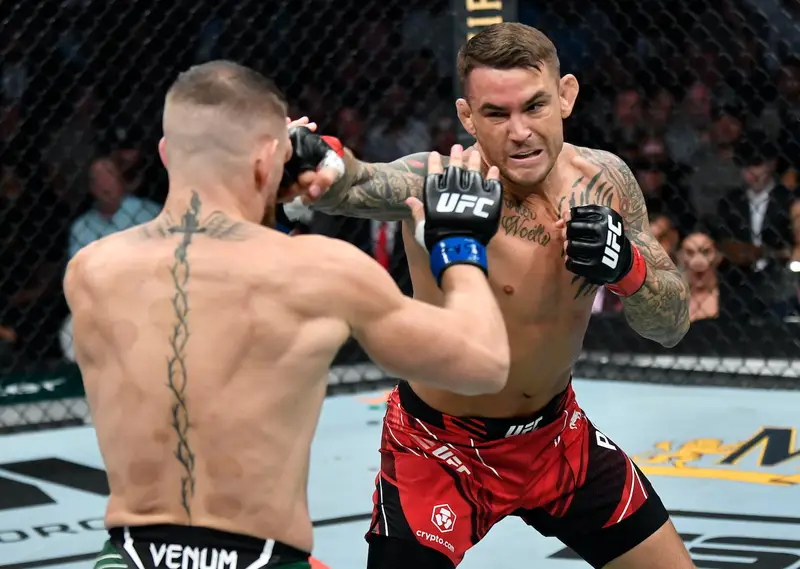
Unlike athletes in traditional sports, MMA fighters don’t have a fixed season. Instead, they train 12 months a year, often with unpredictable fight schedules. Many fighters must stay in peak condition while juggling side jobs and managing training loads without the luxury of an offseason.
Unpredictable fight scheduling impacts training periodization. Fighters must maintain a “floors and ceilings” approach, building foundational fitness while fine-tuning fight-specific skills when a match approaches. This constant readiness demands a unique blend of strength, endurance, and adaptability.
Strength and Conditioning for Combat Athletes Requires Unique KPIs
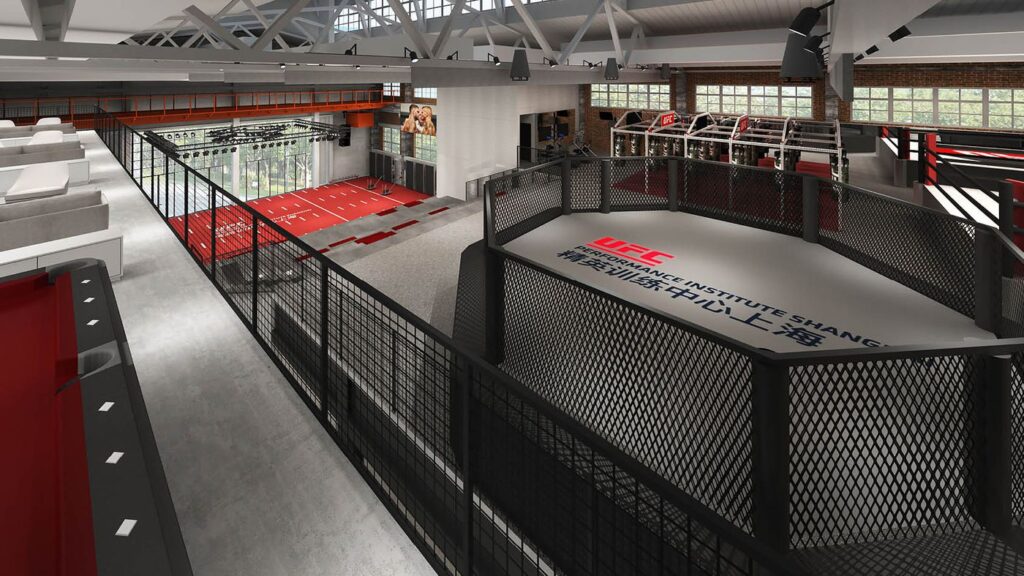
The UFC Performance Institute has redefined how fighters train by establishing standardized Key Performance Indicators (KPIs). Using force plates, isometric mid-thigh pulls (IMTP), and reactive strength tests, fighters can track their explosive power, endurance, and recovery capabilities.
One particularly insightful test is the six-second sprint on an air bike, repeated 10 times with 30 seconds of rest. Fighters who maintain power output with less than a 20% drop-off show superior fatigue resistance, a critical advantage in prolonged grappling exchanges. These data-driven insights shift training away from outdated “just work harder” approaches to evidence-based programming.
Heart Rate Zones Shift with Different Modalities
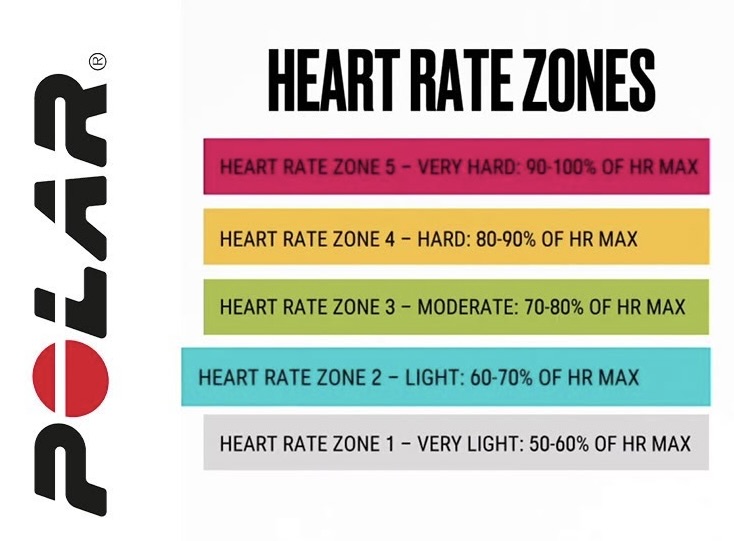
One of the most overlooked aspects of conditioning is adjusting heart rate zones based on exercise modality. As Austin explains, running, cycling, and swimming elicit different physiological responses, requiring coaches to modify training intensities accordingly.
For example, zone 2 training (60-70% of max heart rate) for a runner may sit around 140 bpm, but for a cyclist, the same intensity might register at 130 bpm due to the absence of eccentric loading. Research from the UFC PI highlights these distinctions, helping coaches fine-tune conditioning strategies for optimal performance.
Movement Screens for MMA Reveal Injury Risk, Not Performance Potential
MMA fighters come in all shapes and styles—some are “bouncy” movers, while others are “plotters.” Instead of seeking a single ideal movement archetype, strength coaches should focus on identifying movement deficiencies that may predispose athletes to injury.
The UFC PI found that athletes with more than a 10% asymmetry in joint mobility were more likely to sustain an injury. Tools like side lying shoulder sweeps can reveal whether fighters over-rely on their lumbar spine for stability, potentially leading to chronic issues. While these findings don’t determine an athlete’s success, they serve as essential checkpoints in long-term health and durability.
Martial Artists Think Differently than Traditional Athletes
Fighters aren’t just physically tough; they are deeply committed to lifelong learning. Unlike ball sport athletes who often follow structured team systems, MMA fighters must self-manage their training, embrace failure, and adapt constantly.
This mindset parallels the idea that great chefs must first master recipes before they can improvise. Similarly, martial artists build their foundational skills before applying creativity and strategy in the cage. Austin emphasizes that working with MMA fighters challenges coaches to rethink programming and develop adaptable, individualized approaches.
Subscribe & Stay Ahead in Human Performance
If you enjoyed this conversation, don’t miss future episodes of Finding Small Wins! Subscribe today for in-depth discussions on sports performance, rehab, and human optimization with industry leaders.
Listen here – Finding Small Wins Podcast:
Austin Schoen – The Evolution of MMA and Rethinking Heart Rate Zone Training
Timestamp
- (00:00-05:00) – Introduction to Austin & his journey into MMA
- (05:00-15:00) – What separates MMA from other sports?
- (15:00-25:00) – Training year-round: floors, ceilings & fight prep
- (25:00-35:00) – Strength metrics & UFC PI testing
- (35:00-45:00) – Heart rate zone training & modality adjustments
- (45:00-55:00) – The role of movement screens in injury prevention
- (55:00-1:05:00) – The unique mindset of martial artists
- (1:05:00-1:10:00) – Austin’s small win & closing thoughts
Another Episode on Conditioning
Enjoyed the conversation with Brady? Here is another great episode talking the ins & outs of the NBA, travel work perks of the NBA, and All Star Weekend with expert physical therapist and director, Maggie Bryant.
Want to Learn More?
Subscribe today to Adam’s YouTube channel to get the latest on rehab, training, sports science, and so much more!
